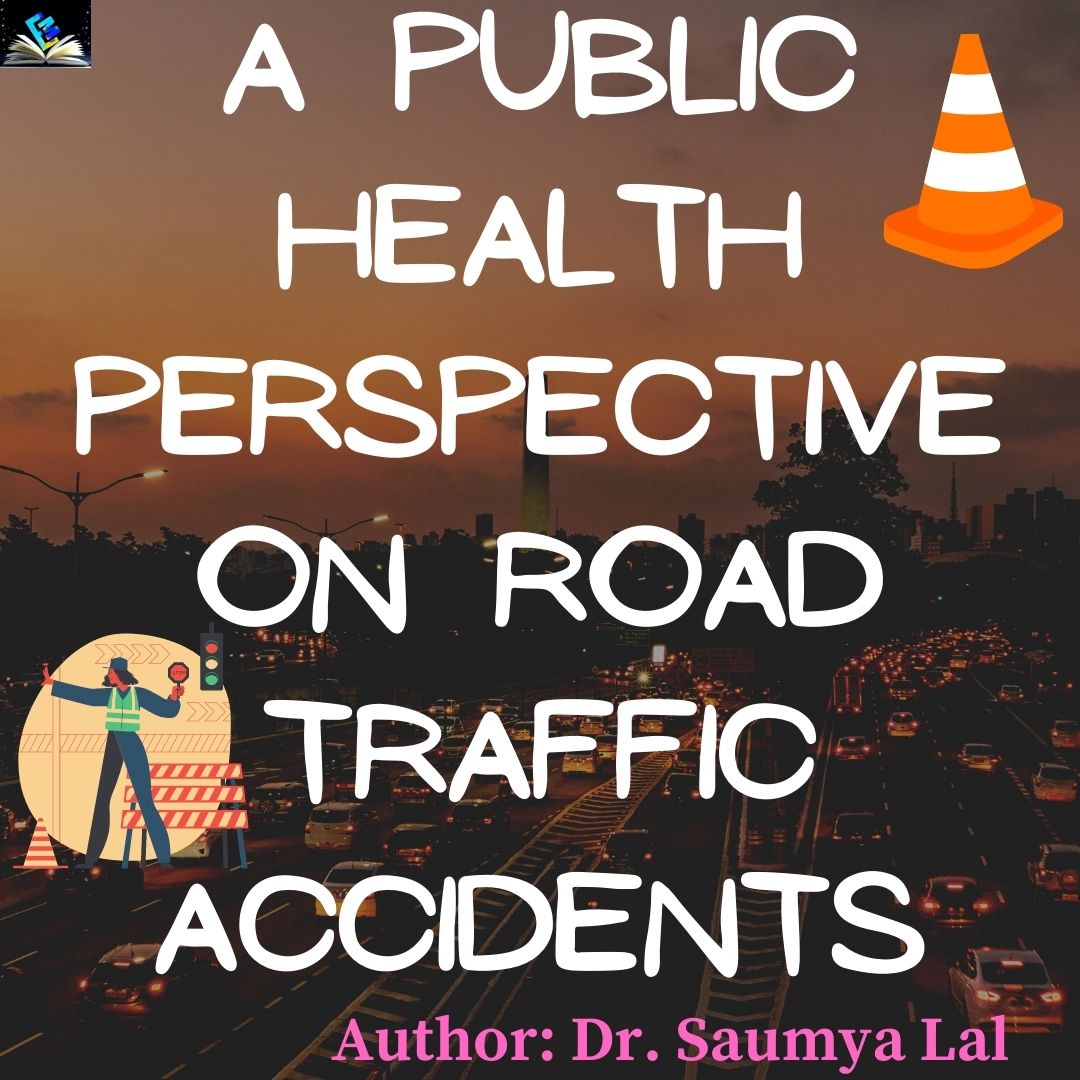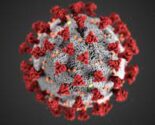
A Public Health Perspective On Road Traffic Accidents
Keywords:- Road Traffic, Public Health, Accidents, Deaths
Author: Dr. Saumya Lal
Introduction
The Global Status Report compiles data from 182 nations based on survey data and produces estimates. That is necessary to account for varying levels of data quality so that data may be compared across countries. This includes the adoption of a 30-day definition of road traffic death, as well as point estimates of road traffic deaths in LMICs. Which can be much higher than officially recorded deaths. All 195 nations and territories in the globe have had their data extrapolated. World Health Organisation provides full details on the technique used to produce comparative figures.
Low as well as middle-income nations, which account for 82 percent of the world’s population and 54 percent of the world’s registered automobiles; account for 90 percent of road traffic deaths. When compared to HICs, walkers, cyclists, and users of motorized two- or three-wheeled vehicles; account for a considerably greater proportion of road users in most LMICs. Over half of all road traffic deaths occur among vulnerable road users. Such as motorcycle riders (23%), pedestrians (22%), and cyclists (5%). With the remaining 31% of deaths occurring among automobile occupants and 19% other unidentified road users. Low-income nations had the largest proportion of fatally wounded road users. With 57 percent, compared to 51 percent in middle-income countries and 39 percent in high-income countries.
Quality of Institutional Management
The quality of institutional management arrangements; in leadership and results in focus, coordination, legislation, funding, promotion, monitoring and evaluation, research and development, and knowledge transfer. Which will provide the foundation for producing intervention and improved road safety results. All are found in low-, middle-, and high-income countries’ road safety management systems. ICH provides the foundation for producing intervention and improved road safety results.
The extent and quality of the intervention sets:
- road network planning, design, operation, as well as usage;
- vehicle safety and emergency medical response;
- inadequate attention to the evidence-based or to addressing the needs and vulnerabilities of all users;
- Final outcomes (e.g., levels of deaths, serious injuries, and costs);
- intermediate outcomes (e.g., level of road and vehicle safety quality, emergency medical system response, levels of drinking and driving, speeding, and seat belt and crash helmet use); and
- institutional outputs (e.g., level of road and vehicle safety quality, emergency medical system response, levels of drinking and driving, speeding, and seat belt and crash helmet use); and
- institutional outputs (e.g. numbers of speed checks, breath tests).
Other development goals, such as broad institutional development and governance, the formation or enhancement of health systems, infrastructure network development, and police and judicial reform, will be connected to progress on road safety.
Road Traffic Accidents
RTAs have arisen as a major public health problem that requires a multidisciplinary strategy to address. In nations like India, the rise in RTA-related injuries and deaths is worrying. The incidence of deadly and debilitating traffic accidents is on the rise. Posing a serious public health issue for all parties involved in their prevention. Implementing the available laws and regulations to avoid road accidents is frequently ineffectual and half-hearted. Awareness creation, strict implementation of traffic rules, and scientific engineering measures are the need of the hour to prevent this public health catastrophe.
India is no exception as a developing country. There isn’t a day that goes by in India without a road traffic accident, in which a large number of people are killed or injured. Frequently, the entire family is wiped out. People in their prime productive years are disproportionately impacted or murdered. The highest burden of injuries and fatalities is borne disproportionately by poor people. As they are mostly pedestrians, cyclists, as well as passengers of buses and minibusses.
The Rise in accidents
The rising frequency of traffic accidents in India is mostly due to human factors. The majority of drivers continue to drive like maniacs in a ripping hurry, and mistakes in judgment frequently result in severe accidents. Road accidents are caused by reckless driving, excessive speeding, failure to observe traffic laws, and intoxicated driving.
In 1896, the world’s first RTA is said to have taken place. “This should never happen again,” everyone involved at the time was alleged to have remarked. However, more than a century later, 1.2 million people are murdered and up to 50 million more are wounded every year on roadways. For every person killed, wounded, or handicapped in an RTA, many others are impacted by the high expense of long-term medical treatment, the loss of a family breadwinner, or the additional finances required to care for the disabled. Survivors of RTAs, as well as their relatives, friends, and other caregivers, frequently experience negative social, physical, and psychological consequences. If current patterns continue, the number of persons killed and injured will increase dramatically.
Conclusion
RTA prevention is the duty of a number of authorities, and a multi-disciplinary strategy will successfully reduce the number of RTAs, as well as injuries and deaths on the roads. The prevention of RTA is also aided by effective community engagement. Everyone should be worried, and everyone should endeavor to make road travel safer so that “traffic accidents never happen again.”
Three primary susceptible groups require protection: pedestrians, who account for up to 70% of deaths in metropolitan areas; passengers traveling on buses, lorries, as well as minibusses, who are the second greatest demographic group impacted; and cyclists. Multiple legislative measures will be required to address the threats posed by these three groups. Road safety education is definitely needed, and it should be targeted at road users, who are regularly involved and wounded in RTAs.
The injury profile for road traffic collisions in underdeveloped nations is significantly different from that of industrialized ones. Governments and the general population in India must make road safety a top priority.
Mail us at edumoundofficial@gmail.com






